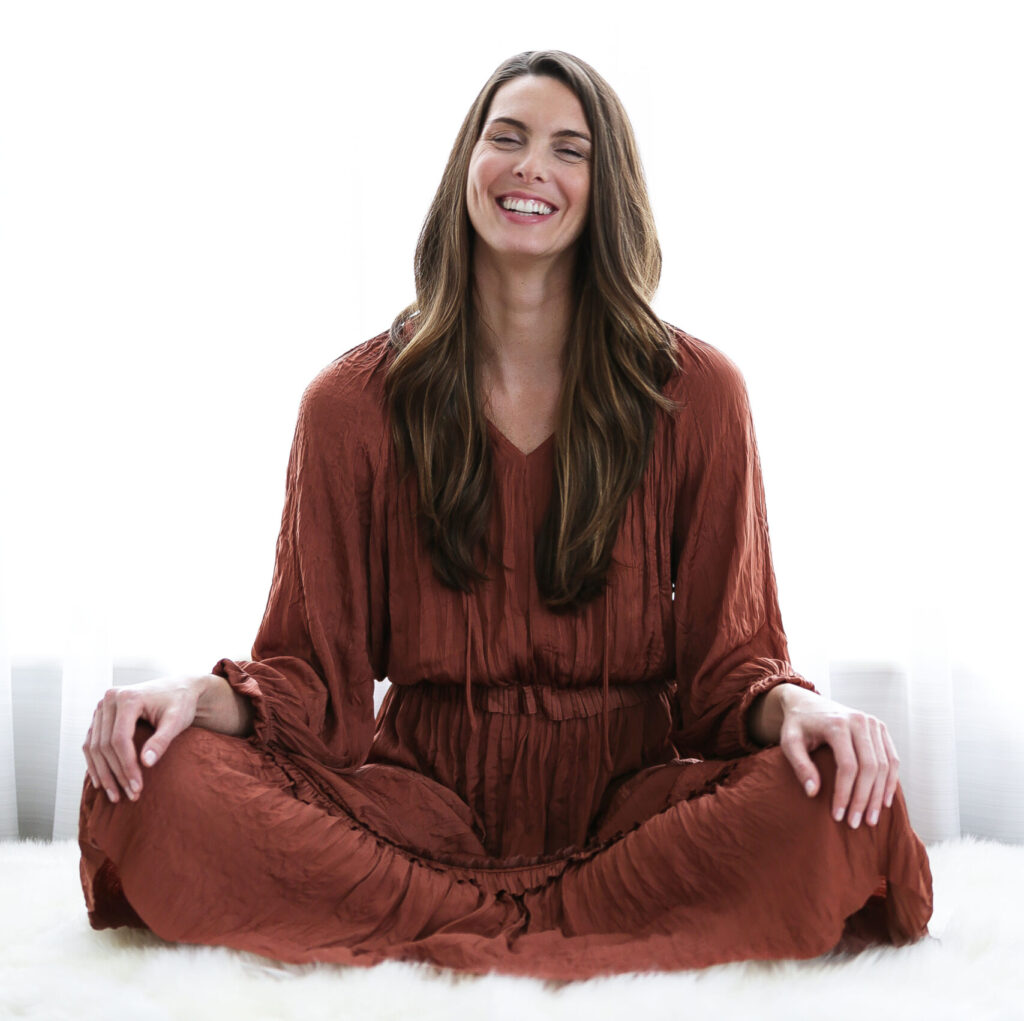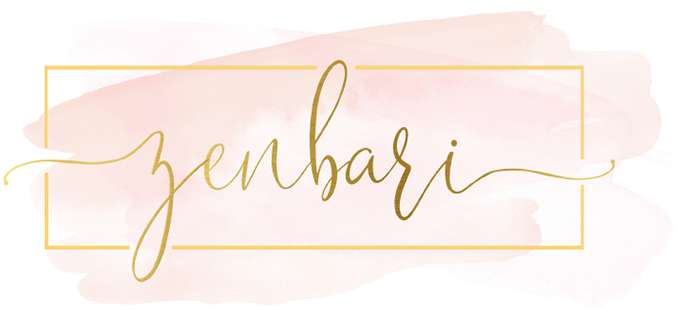
How to Calm Your Nervous System If You Have Not Yet Settled into a Meditation Practice
I know we have all heard about meditation until our little breath by breath hearts can’t even take it anymore. The truth is, there is no one size fits all way to keep your wits about you. Finding a sense of ease throughout your day can be found in a multitude of ways and if you don’t have a set practice yet or do not even intend to, that’s okay. If you have tried but something just isn’t clicking for you, that’s okay. Or, maybe you do have a practice but you are open to becoming a walking monk and would like to add even more zen to your days – can you even handle it?! Here are a few different ways I have tried meditating and have come out on the other side feeling more calm than when I started.
Side note, if you are considering using meditation for birth and are unsure of where to start, this is a great list of options to explore before incorporating it into your plan. I have supported all of the below but transcendental and waking with success during labor support. Finding a way to funnel all of your energy into extreme focus with a sense of ease in the latter part of labor can be incredibly beneficial. Practicing with different forms beforehand can help you to get into a rhythm when it is needed and also help you to understand what feels best for you. If you are interested, feel free to explore any of the below and cheers to your calm.
1. Walking Meditation
Walking meditation originates from Buddhism and is meant to be performed between long periods of sitting meditation. I, too, use it between long periods of sitting – on my computer for work. I can imagine this was not the original practice but it has proven useful for me as an easy way to clear my mind and instantly relieve tension I didn’t even notice in my forehead and shoulders in the middle of the work day. Try using this guide from Berkeley to bring your awareness to the present moment while simply walking, a form of movement we take for granted every day.
2. Breathing-Focused
This is possibly the simplest form of meditation I use. By simply focusing on each breath you take, you can calm yourself in a matter of moments. You can do this anywhere, in the middle of a conversation, while working, or before you go to sleep at night. I use this a lot with my clients during labor. To start, you can focus on the inhalation, thinking about the sensations of the air coming into your body. Then feel and listen as the breath is released. Just this practice alone typically relieves any tension in my body within moments.
You can build upon this simple practice with deeper breaths, timed breathwork, or specific variations of the practice. Here are five options to explore more specific breathing techniques. I also find the Wim Hof method interesting, although it may not be suitable to practice during pregnancy. Please consult with your doctor if you are pregnant before trying any of the breathing techniques beyond what I described above.
3. Visualization
I love visualization practices! This is another very popular method to managing labor. I personally love being guided in a visualization meditation but you can also very easily practice on your own. Simply consider a goal and envision your journey to achieving it, along with as many positive and beautiful details you can imagine. I like to think of these visualizations as “in a perfect world” scenarios.
4. Transcendental
Transcendental meditation uses a silent mantra and is done twice a day for approximately 20 minutes at a time. It is taught by TM professionals and offers more of a structured meditation experience for those looking for a routine. I trained in NYC and Toronto and have enjoyed using TM from time to time but truthfully, do not use it daily. I thoroughly loved it and enjoyed the experience at the center but found the structure too rigid. Instead, I prefer to try to tap into each moment and consider different versions of grounding when needed. I would absolutely recommend this for the disciplined and you can find more information on their website.
5. Tactile
Tactile meditation can mean a number of things. I would say, you can find its benefits by rhythmically and repetitively moving a part of your body while concentrating on that motion or point of connection. For example, you can close your eyes and touch each of your fingers with your thumb, one at a time, while breathing in. Now, do the same with your other hand while breathing that breath out. Instead of focusing on your breath, or the release of thoughts, you are able to tap into where your body is and what it is doing in the present moment. Sometimes, focusing on the amount of pressure I am using helps me to ground into this exercise.
6. Guided
Guided meditations can be useful if you are new to meditation, would like to use them for a specific purpose, or if you would simply like to take a break in your day for a specific amount of time and stick to it. I find guided meditations to be very helpful before falling asleep or if I find myself with a spare ten minutes and need some help grounding. One of my favorite resources for guided meditations is the Calm app. Just sit back, relax, and enjoy.
7. Waking
Ok, call me crazy, but I kind of made this one up. I have never loved opening my eyes first thing in the morning and rushing into conversation, tasks, or really even moving. That’s not to say I don’t love an early rise! I actually love getting up before sunrise and starting my day before everyone else. But, I recently realized I have been doing something since I was a child that puts me in a calm and happy state when I wake up. Before I created boundaries with my chatty husband, I (and he) could not figure out why I was waking up feeling out of it in the morning.
So, here is your grand finale, folks. You know when you first realize you are waking up? When you haven’t even opened your eyes or moved yet. It’s the moment before the flutter of the eyelids. This is a special moment. This is the moment I choose to keep my eyes closed and sit with that dreamy, early morning peace. Sometimes, I move my body into a more comfortable position and other times, I stay right where I am. The most important thing I do is actively stay in this calm state. I allow myself to slowly breathe deeper and deeper. I think about the air moving into deeper parts of my lungs and imagine my entire body waking up.
Our cortisol, or stress hormone, naturally spikes in the morning, so I like to consider how to funnel my energy in the first few hours in order to put it to good use. I usually spend this waking meditation time calmly envisioning a step-by-step guide to my morning so I don’t roll out of bed like an aimless zombie. I love coffee, a somewhat intense workout, lots of water, a healthy breakfast, showering, and writing in the first few hours of the day – not necessarily in that order. Waking up and envisioning how I will spend my morning instead of just busting out of bed and immediately stressing myself out with decisions helps me to relax into my day, rather begin it with chaos.
I hope this has been helpful and cheers to finding your zen in whatever way or ways feel best for you!
Much Love,
Xx Rachel



